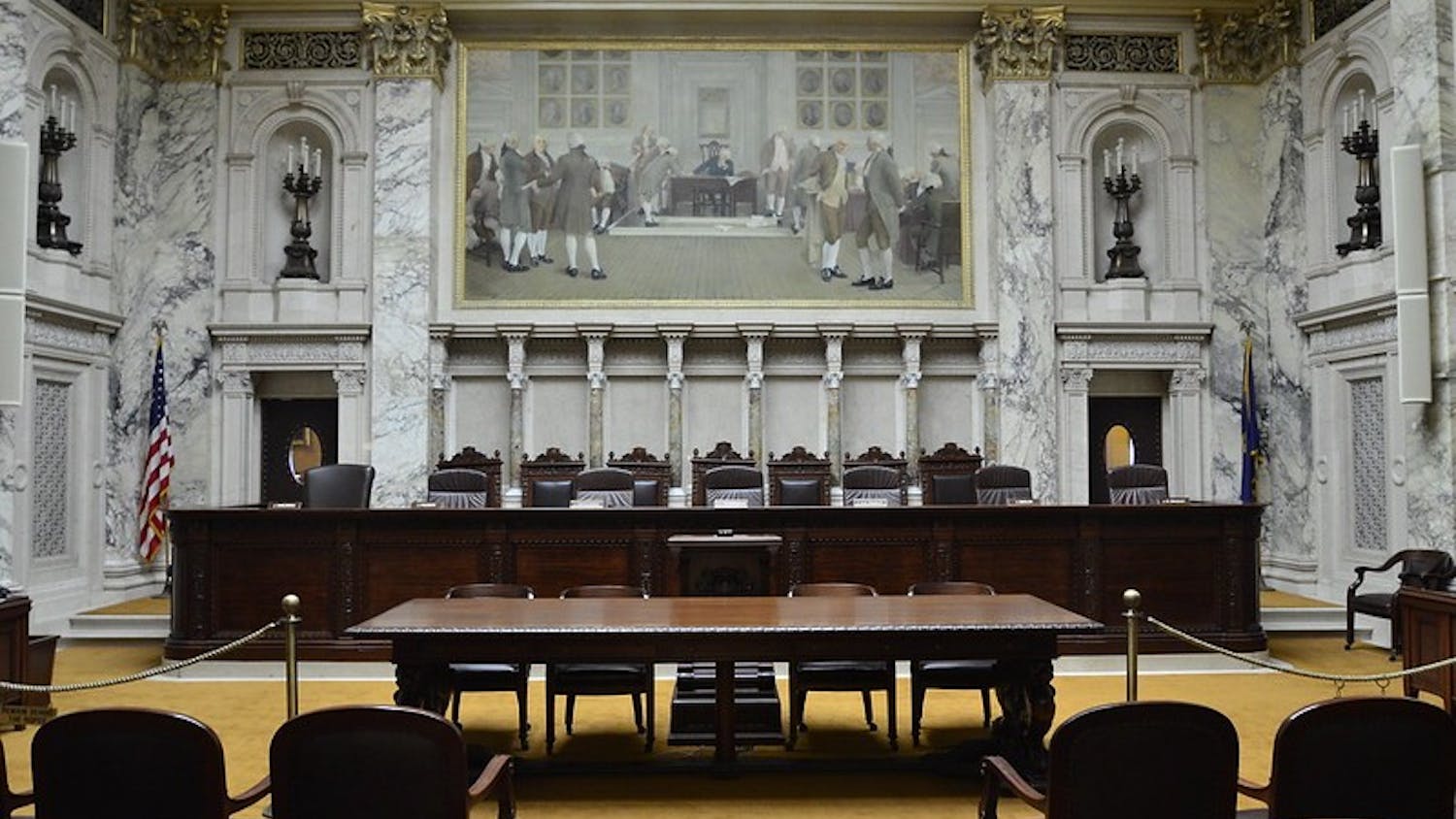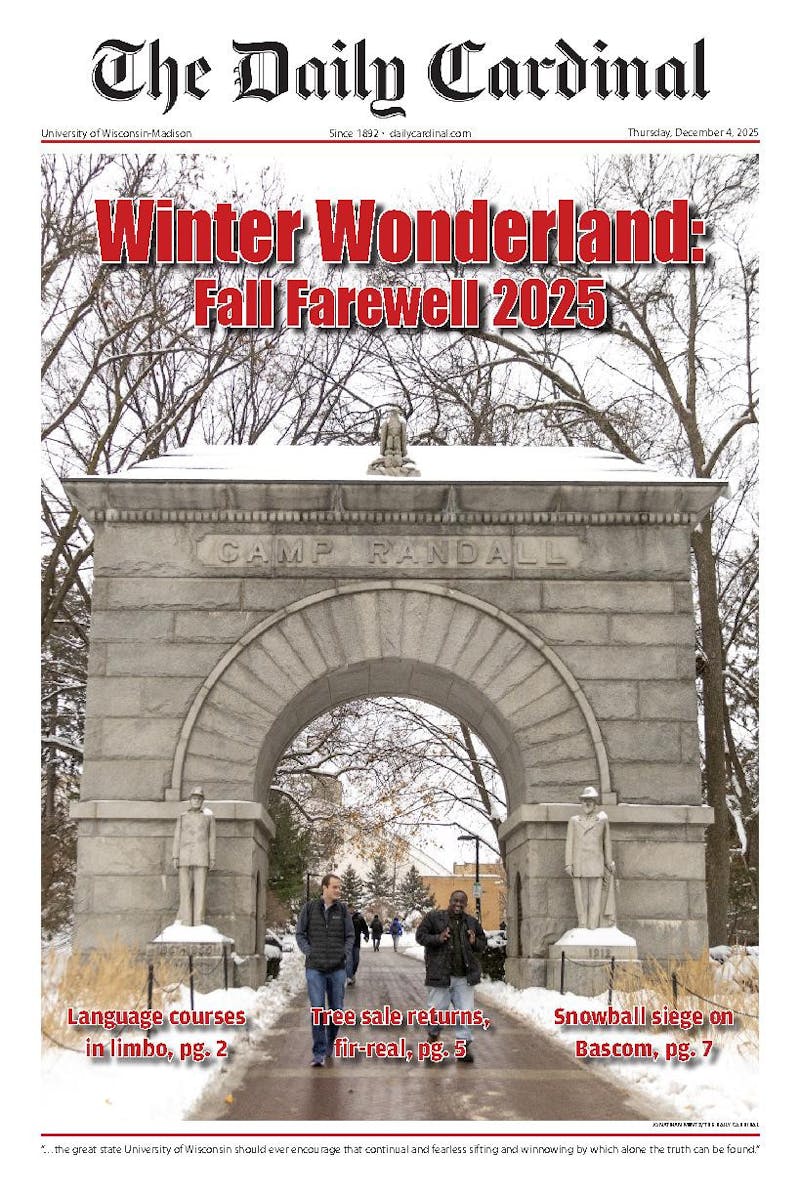College athletes have three priorities when they are competing'academics, playing their sports and, at times, addressing the media.
But this leaves out an important factor. Who is going to watch them play?
While college athletes compete, it is the responsibility of the universities' athletics departments to get people to watch them.
For many universities, getting the word out to people in the community is formulaic, according to UW Marketing Representative Kevin Kluender.
\There is no magic through what we do,"" Kluender said. ""It's traditional advertising' we work with [our] corporate partners and news media.""
Whatever the route taken, marketing of collegiate athletics is about one thing'getting people into the stadiums.
""Our goal is to sell tickets, regardless of [the] sport,"" Kluender said.
But this is changing at Wisconsin. The UW Athletics Department recently created Badger Sports Properties, a new entity that has the power to sell rights to arena advertising signage within UW athletics facilities and create multimedia promotions.
While BSP will take some of the responsibility away from the Marketing Department in terms of promotion, it is not replacing marketing's primary function of selling tickets to the community.
Along with the creation of BSP, Wisconsin agreed to a new contract with Learfield Communications for a reported $29.55 million, beating out proposals from Host Communications ($20.65 million) and Action Sports Media ($20.53 million).
Contracts like these are not uncommon anymore for universities. In this time of expansion in the communications industry, major collegiate athletics has become more than a local interest.
Just last year, ESPN Inc. negotiated a contract to televise nearly every Big Ten football game on ESPN, ESPN2 and ESPN Regional.
The Sporting Life: College Athletes and FameThis is the end of a four-part series examining the lives of student athletes.
|
On an even larger scale, CBS recently paid upward of $6 billion to broadcast every game of the NCAA Men's Basketball Tournament for the next 10 years.
However, national TV contracts only go so far. For residents outside the immediate metro area who want to see or hear their team play every game, regional media outlets, such as Learfield, provide that opportunity.
When making these large contracts with major media companies, some universities, such as UW-Madison, have chosen to use outside marketing firms for specific aspects.
""Prior to the [Learfield Communication] contract, the Athletics Department handled everything in-house,"" Kluender said. ""Now, the task [of dealing with mass media] is handled by Badger Sports Properties.""
Yet, the notion of hiring outside agencies to market big-time college athletics is not restricted to Wisconsin. Indiana University and the University of Missouri also go through Learfield Communications to market their athletic programs.
While the previous contract with Learfield covered only football and men's basketball radio broadcasts, the new agreement will encompass everything from advertising sponsorships to TV and radio shows for UW-Madison head coaches to game broadcasts.
While these contracts are not always equitable in terms of how the money is divided, universities promote revenue-generating sports in order to maximize the number of people who watch an event.
This is very true in large metropolitan areas. According to the Los Angeles Times Sports Editor Bill Dwyre, this is the way modern sports works in big cities.
""A hell of a lot more people want to watch the [Los Angeles] Dodgers than want to watch [University of Southern California] women's basketball,"" Dwyre said.
Compared to L.A., there are very few viewers in the Madison area. However, according to Kluender, Madison is one of the better places to sell athletics as a whole, because of the lack of other professional sports.
""This is a great college community that supports UW athletics,"" Kluender said.
With new media conglomerations and TV contracts negotiated every day, one might think the media are the only ones who benefit.
However, in the end, the hype is about giving the athletes some much-deserved attention.





